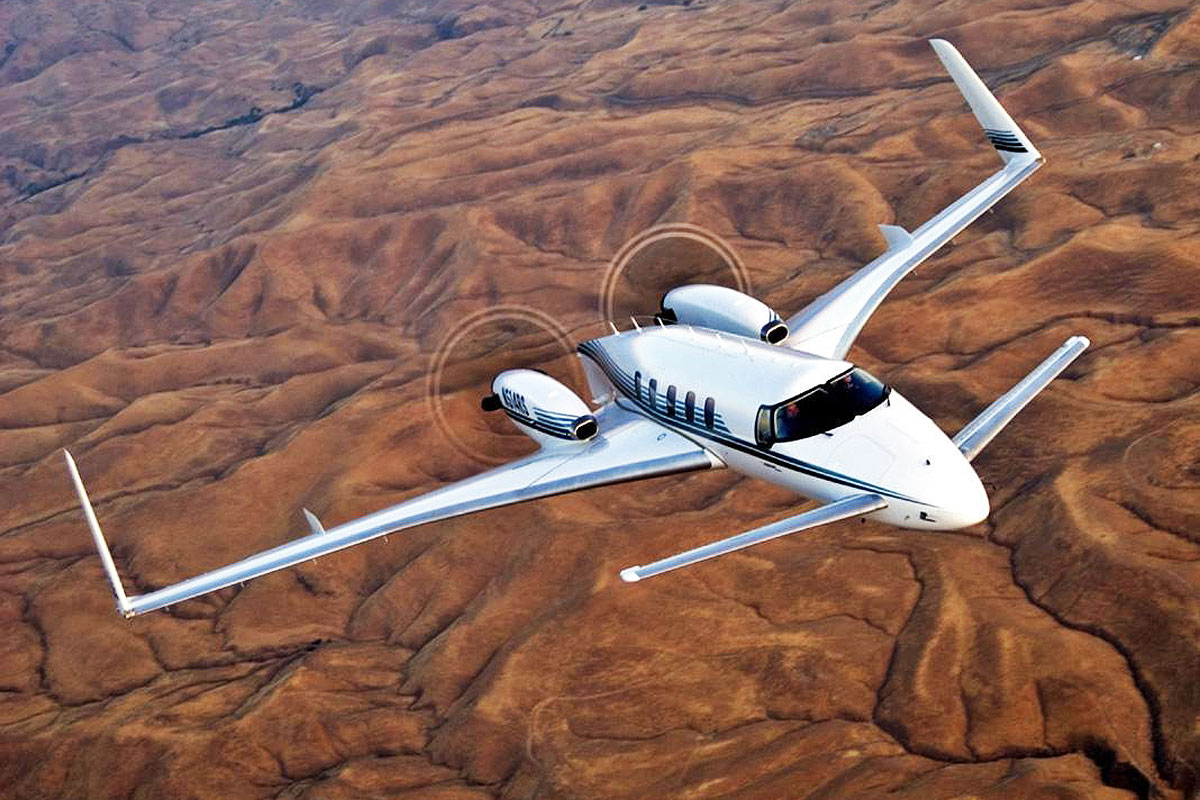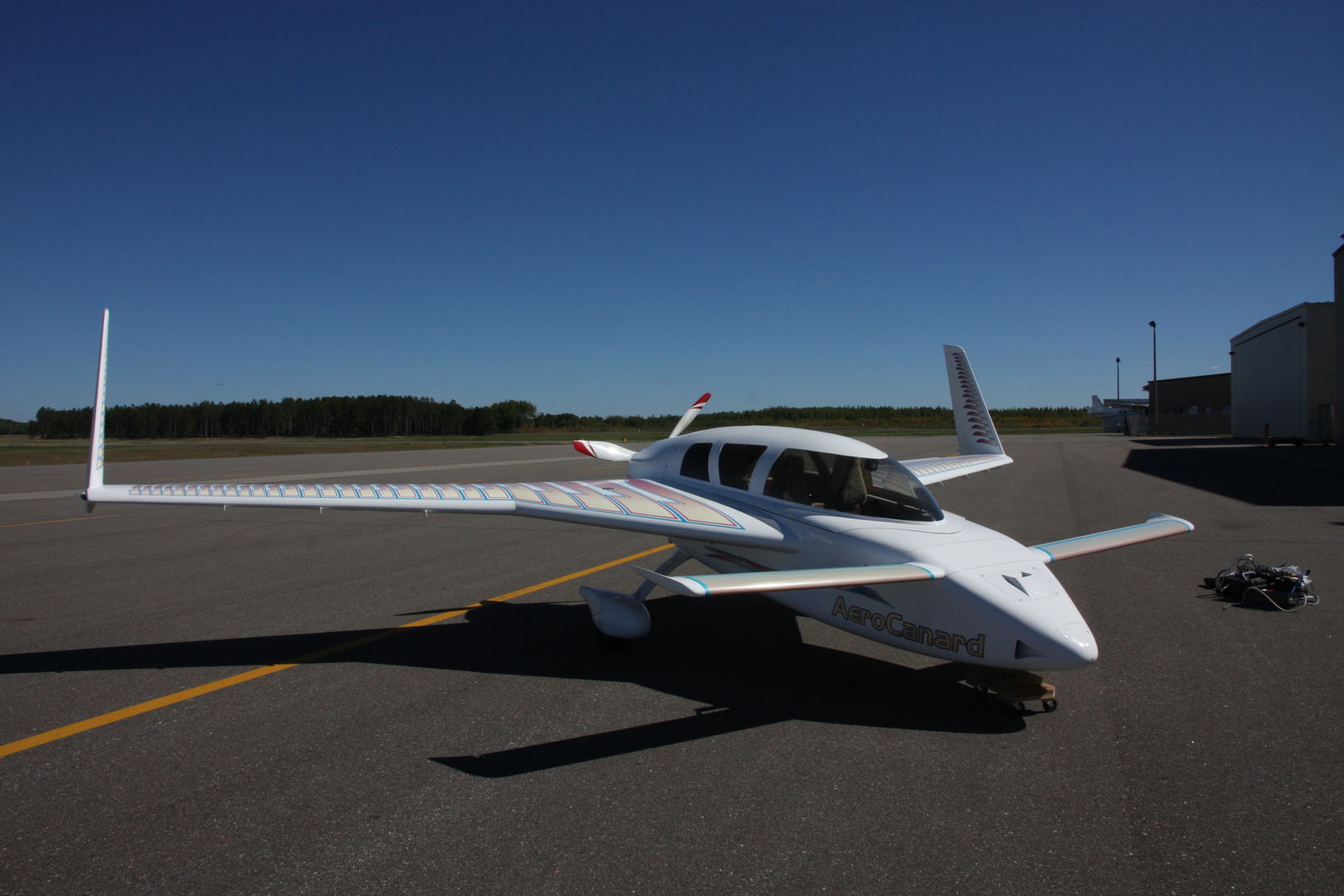Canard Aircraft - Members Learn more Save more - Get more from being a pilot - Click here
In 1988, the Beech Starship was the first certified aircraft. It was also the first certified all-composite business aircraft and GA's first production aircraft with an all-glass cockpit. Only 53 were built; Four are airworthy in the United States
Canard Aircraft

The world's first airplanes had one, and so do some modern airplanes. Canards (French for port) are small wing sections that are attached forward of the main wing, usually in the middle of the fuselage.
A Twin Engine, Canard Delta Wing, Multirole Fighter Eurofighter Typhoon. Editorial Stock Image
Commonly referred to as the foreplane, the canard can be useful for many purposes, including providing additional surface lift, improving the aircraft's stability, or as a control surface. As an additional lift above, the canard can allow a small portion of the main wing Some companies have designed modifications that bolt the canards to existing airframes Here, more lift than the aircraft manufacturer's goal is primarily for better flight and climbing performance.
Adjustable canards generally eliminate the need for a horizontal stabilizer and enable greater flight control than conventional setups. Many modern military fighter jets have a pilot-controlled canard like elevator
Some canards are there for some stability. pilot's job and make the plane safer. Our year in July, where 1) I mistakenly called the Robertson STOL conversion the Robinson; 2) I said that the small forward lifting surfaces of the Robertson Wren 460 (a modified Cessna 182) were named "Wren teeth", in fact that name was applied to the vortex generators that operated on the wing that aided in roll control. low speed; and 3) I described the Beech Starship as a "2,000 hp VariEze" when in fact it is a 2,400 hp VariEze.
Robertson's mistakes are not particularly forgivable, as I wrote an article about the company in the September 1982 issue of Flying. Well, if Homer can nod, so can I
Canard Wing Black And White Stock Photos & Images
A reader from New Mexico, Harry McCaffrey, wrote to ask why I left the Peugeot Avanti, a descendant of the canard craze of the 1970s and '80s. For this, at least, I have an excuse
The answer is that the Avanti is not a canard, although I like to understand the term. Slippery nomenclature Canard is French for black: due to the long neck of ducks, their wingspan is longer than that of crows. Since we borrow so many aviation terms from the French, I think a tail-first plane can also be called an oy (pronounced "wa") or signe (pronounced "ya") , meaning goose or swan, respectively. It would be so easy to sound like a canard (Big, I don't know.)
But enough philology Some people call anything with a nose wing a canard Some also call the front end itself a canard My policy is to limit the noise of biplanes mildly, the latter being larger As a sub-quibble, I would refer to the plane itself as a canard, the small front wing as a glider, and the large rear wing as a "wing" . An airplane with two wings of roughly the same size, one behind the other, I would call a "tandem wing", with a leading edge and a trailing wing.

But not classifying the Avanti as a canard is not just a game thing. The longitudinal stability and control of the Avanti is provided by a large conventional stabilizer and elevator at the tail end of the aircraft. This arrangement differs fundamentally from the two-faced canard configuration, in that pitch control is provided by the interplay of two surfaces acting in conjunction with the forward surface and stabilizer.
File:typhoon F2 Zj910 Canard Arp.jpg
To understand the advantages of the three-surface canard structure, it is necessary to understand a serious limitation of the canard configuration. Longitudinal stability requires that the foreplane work harder, that is, operate at a higher percentage of its maximum lift capacity than the wing. Additionally, safety requires that the foreplane stall in front of the wing; Otherwise, if the wing stops, the aircraft will fall and will not recover. The practical result of these claims is that the wing of a canard aircraft will not be allowed to develop its maximum lift and cannot be used to powerful devices with high rise.
This means, the wing loading of a canard cannot be as high as a conventionally configured aircraft. Its wings must be larger, and thus heavier, and create more frictional drag on the skin
In return for these drawbacks, as I wrote in the disastrous column of July, the configuration of the canard offers a great advantage: well designed, it is almost unreliable.
A three-dimensional plane is a different species. The pitch control is not a canard, like a canard, but an aft elevator. Avanti, 172 square feet, similar to a Skyhawk This does not include the foreground area, but it should The total area of the wing is 195 square feet
Fms 80mm Dassault Rafale Canard And Nose Cone Radio Control Airplane Part Fmsdr|parts & Accessories|
Splitting the wing and placing one part of it over the nose serves several purposes. It allows the main body to move slightly. On the Avanti, it places the wing-bearing structure behind the cabin. to help cut the nose-down pitching moment of the larger and more powerful Fowler flaps on the wing. Finally, it offers the same stall protection as a canard: the foreplane incident and the airfoil sections are designed to ensure that it stays ahead of the main wing, allowing the nose to drop. But because the elevator at the rear end is pushed down, the "pitch bucking" resulting from stalling and uninstalling the foreplane of the canard is reduced.
An important solution to the responsibility of the aft elevator for pitch control is that the foreplane does not need to have a maximum lift coefficient higher than the wing - just to reach it quickly. So the wing can optionally be equipped with larger and more powerful high-lift devices and its area can be reduced according to a given landing speed. Side plan views of the Avanti and Beech starships show a significant difference in proportional wing area. The Avanti's smaller wing area, due to its greater maximum lift coefficient, deserves most of the credit for achieving 1,700 horsepower - a cruise speed of 400 knots - 90 knots faster than a comparable powered King Air 250.
A less obvious benefit of the tri-surface configuration is that the wing is close enough to the center of gravity to accommodate the fuel tanks. The aircraft will not experience large changes in CG as fuel is used up, and the CG will move forward, not away The wings of a canard are too far apart to carry fuel; The fuel usually ends in large triangular nozzle extensions, called streaks, that run along the sides of the fuselage.

Avanti was developed in the 1980s, along with the ill-fated Beach Starship Bert Rutan, secretly approached Beach to propose a design for a new turboprop, submitting three surfaces and a canard. Coastal management—not coastal engineering, really—picked the canard. It was an error of taste; The inappropriateness of the canard configuration for a long wing loading turboprop should be obvious. Raut himself would later say that he personally liked the three-sided design and, during his brief tenure as vice president of Beech, proved it by designing and building a prototype of the three-sided Triumph, which Beech refused to develop. succession
Nd Annual Mid Georgia Canard Fly In In Perry
There are relatively few planes above The aerodynamics are complex, and there are other ways to move the wing box away from the cabin But Piaggio's chief designer Alessandro Mazzoni scored a bull's-eye on the Avanti and forever erasing any doubt about the potential value of the configuration.
Peter Garrison taught himself to use a slide rule and tin snip, built an airplane in his backyard and sent it to Japan. He began contributing to FLYING in 1968, and continues to share his columns, "Engineering" and "Next," with FLYING readers. wings
Beechcraft aircraft models, beechcraft bonanza aircraft, beechcraft jet aircraft, beechcraft single engine aircraft, beechcraft aircraft for sale, beechcraft aircraft parts, beechcraft twin engine aircraft, beechcraft bonanza g36 aircraft, beechcraft 1900d aircraft, beechcraft military aircraft, aircraft beechcraft, beechcraft baron aircraft
0 Comments